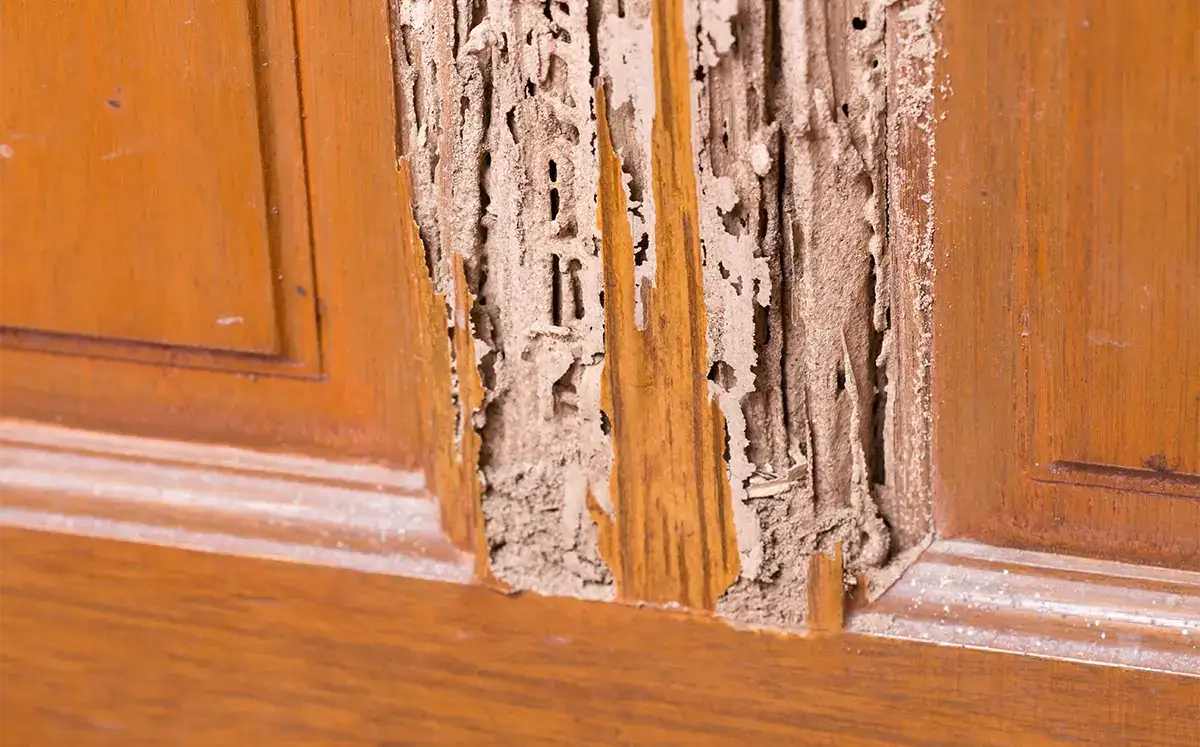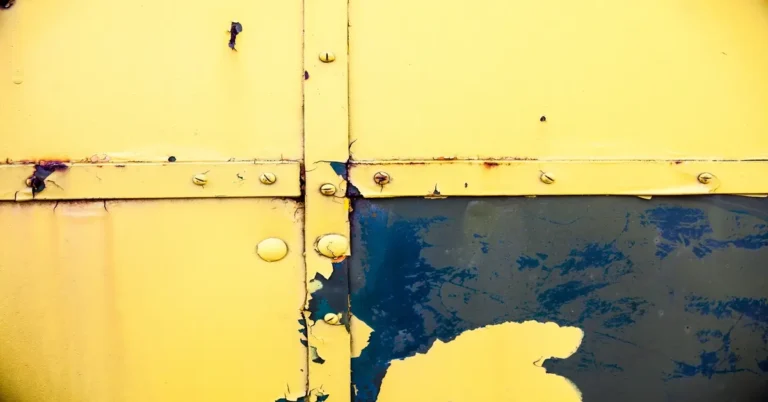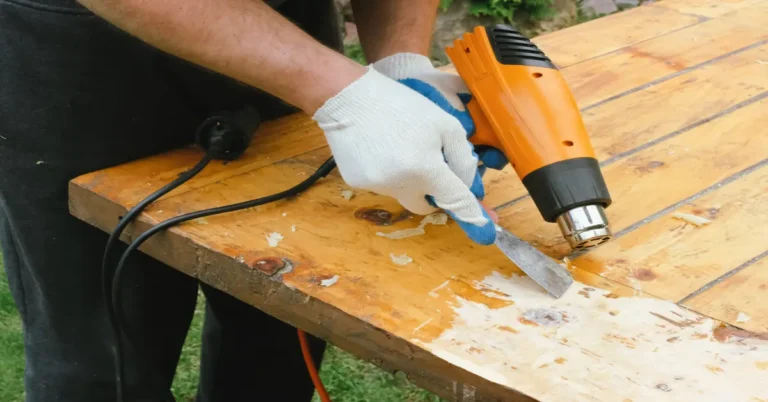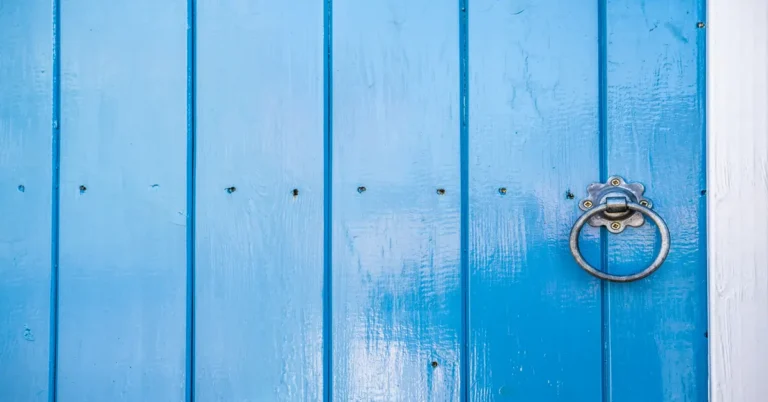Many industry experts have advocated for the constant maintenance and inspection of wooden furniture and surfaces. These processes won’t just help ensure that the wood looks pleasing to the eyes and remains durable; they will also check if little destructive bugs have made their way into the wood and damaged its structure and integrity.
Termites have long been a thorn in the side of many wooden furniture owners. These bugs mainly consume a complex carbohydrate called cellulose, which is abundant in grass, leaves, and wood. Termites usually make their way into damp and decaying wood, although it is possible to spot them on dry wood too.
Termites can be dangerous for your wooden surfaces for two reasons: how they “consume” the wood and the extent of the damage. They eat wood from the inside out, and since they are not often visible to the naked eye, you won’t see how bad the damage is until it is too late.
For many years, experts have searched for ways to counteract the damage done by these pests, and coal tar products have constantly been suggested.
If you are unfortunately dealing with termites or just want to take some precautions to prevent them from affecting your home, learn more about coal tar’s uses and how to safely apply it.
What Are the Signs of Termite Damage in Wood?
Undeniably, the most distinct indicator of termite-caused damage is wood that looks like it has been hollowed out, forming a maze-like pattern. Aside from this, other signs that you may be dealing with a termite infestation include:
- “Swarmers” or male and female termites (dead or alive) that are responsible for reproducing new insects and searching for places to build a colony, such as homes
- Mud tubes, which serve as termites’ “tunnels,” that travel along the edges of houses or rooms
- One or more small spots of dried mud on the walls that when scraped reveal a small hole underneath
- Clicking or chewing sounds within the walls
- Frass or termite droppings that are wood-colored and look like pellets
- Uneven, bubbling paint caused by moisture build-up due to the presence of termites
- Narrow, sunken, or uneven areas in your walls, since termites can “eat” the cardboard covering of gypsum board (but not the gypsum itself)
Once you notice these signs of a termite infestation, it is crucial that you contact an exterminator ASAP. They can help provide you with solutions that will get rid of these pests once and for all. For instance, there are actually “natural” ways to get rid of these termites, such as a boric acid spray, diatomaceous earth, and vinegar paired with lemon juice.
The United States of America’s Environmental Protection Agency (EPA) suggested other measures against termites too, namely:
- Set-up of physical barriers
- Steel mesh
- Sands of various sizes
- Biological control methods like fungi and nematodes
- Liquid termiticides applied in the soil or combined into building materials
- Termite baits
- Wood treatments
- Soil-applied barrier treatment
All of these strategies mentioned should be handled with care and applied by professionals with adequate expertise in handling these items. In fact, the agency advises people dealing with termites to carefully choose the company that will exterminate these pests, thoroughly read labels and instructions on pesticides, and determine the length of time between leaving the treated area and returning to it.
How Can Coal Tar Products Help Protect Against Termites?
Coal tar is a byproduct from the production of a solid fuel called coke that is typically composed of carbon and coal gas. Coal tar is mainly used in producing refined chemicals such as creosote and coal-tar pitch.
In some instances, coal tar can be utilized for cosmetic purposes. It can be added as an ingredient for solutions that can address eczema, psoriasis, dandruff, and other similar skin conditions.
In the realm of home improvement and wood preservation, it is most often applied to door and window frames. Unfortunately, there is still little information about coal tar’s effectiveness against termites. However, some researchers have highlighted that coal-tar creosote, a byproduct of coal tar after it has been distilled, can be an effective way to treat wood and shield it from an impending termite attack.
In particular, the researchers have suggested using the “Open Tank Process” wherein wood that is likely to be buried in or make contact with soil is dipped into heated coal-tar creosote. The wood is then steeped in it for multiple hours until the coal-tar creosote has cooled down.
Coal-tar creosote has also been linked to other benefits, such as:
- High toxicity versus organisms that can destroy wood
- Relative insolubility and low volatility, potentially leading to better permanence
- Ease of application
- Less difficulty in determining the depth of penetration into the wood
- Low cost, especially when purchased in wholesale
Choose This Coal Tar Product to Protect Your Home Against Termites
It is never too early to protect your home, especially the wooden surfaces in it, from termites. Let the economical Island Chemicals’ Mayon Coal Tar assist you in this process!
Mayon Coal Tar is a brownish black viscous tar-based coating that can be used for both indoor and outdoor applications. Its high-protective and preserving qualities make it exceptionally useful for helping provide an impenetrable barrier for metal surfaces and wooden boat hulls. More importantly, this product can also help prevent the formation of devastating termite colonies in wood.
Mayon Coal Tar is best applied using a brush, under the guidance of an industry professional. This is because coal tar in general is said to emit an unpleasant smell that can be off-putting for some people.
If you are still a beginner and are working with coal tar products for the first time, talk to someone who has prior experience handling this product, especially when it comes to preventing termite infestation. Unfortunately, one wrong move may not just put your whole project in jeopardy, but negatively affect the surrounding environment too.
When handling Mayon Coal Tar, make safety a top priority and always wear goggles, face masks, and gloves. This product is highly flammable and can be irritating to your body’s airways and skin if used improperly.
Once you are done using this product, tightly seal the container and store in a cool and dry place away from children, where temperatures do not reach above 35⁰ degrees Celsius.
In case you need to facilitate coal tar disposal, discard the product separately from household waste and according to government regulations. See to it that the product does not reach sewage systems as well.
Dealing with termites on wooden surfaces is unfortunately not a walk in the park for a lot of people. Termites can cause intense stress for property owners and result in financial losses too. With this in mind, it is vital that you are one step ahead of these pests.
With Island Chemicals, you can prevent termite-caused damage to your homes and wooden surfaces before it’s too late. For more information on how pests can affect your projects and best practices for maintaining wooden surfaces, check out these tips!
References:
https://www.forbes.com/home-improvement/pest-control/termite-damage-vs-wood-rot/
https://www.pestworld.org/news-hub/pest-articles/list-top-5-signs-of-a-termite-infestation/
http://extension.msstate.edu/content/signs-termite-infestation
https://www.cancer.gov/about-cancer/causes-prevention/risk/substances/coal-tar
https://theconstructor.org/building/preservation-of-timber-methods-materials/17324/
https://www.fpl.fs.usda.gov/documnts/fplgtr/fplgtr190/chapter_15.pdf
https://www.homesandgardens.com/gardens/how-to-get-rid-of-termites-naturally





